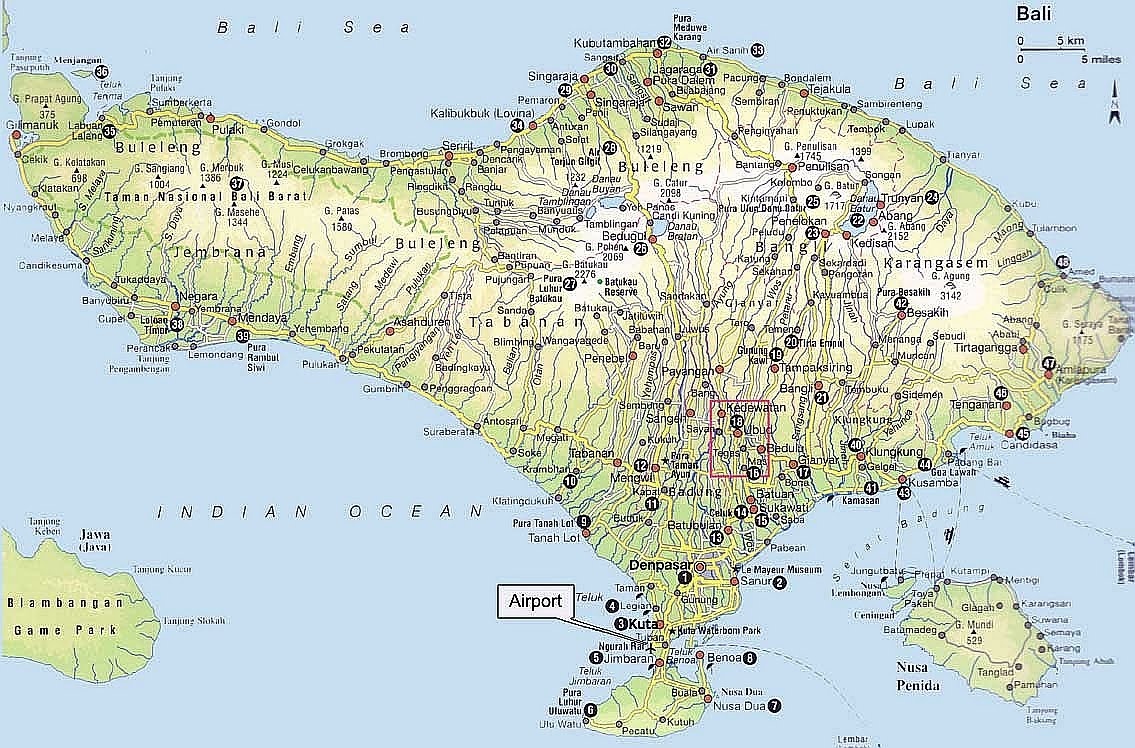| No Images? Click here By Nick Baumann and Samantha StoreyHuffPost's Jena Hatch, a reporter from Sacramento, is on the ground in California this week covering the Camp fire, which has quickly become the most destructive fire in the state's history. Some of the refugees Hatch is talking to she's known for years; others she's meeting for the first time. She's there with photographer Cayce Clifford, whose work you can see above and in Hatch's stories. We asked Hatch about the trip.
What's it like out there? What have you been most surprised by? It’s hazy, difficult to breath, and I have never seen the sky so thick with smoke. I’ve been most surprised by the scope of people affected. We are all getting updated daily with the number of folks affected — bodies found, structures destroyed and people missing. The numbers get higher every day. It’s one thing to see those numbers on a screen and it’s entirely another to see displaced people sleeping on cots in churches or in tents in parking lots. It’s devastating, the amount of people who are virtually homeless and left with nothing. Why did this happen? Could it have been prevented? Butte County hasn’t announced an official cause yet. Many people suspect that it was some combination of faulty, sparking PG&E power lines and strong, dry winds that picked up dry leaves, pine needles and other fuel. I think as law enforcement and Cal Fire continue to assess the cause, we’ll see how big a role PG&E played. The town of Paradise, which has basically been wiped out completely, also arguably wasn’t prepared for a fire of this scope. There are more than 25,000 residents and only two ways out — not to mention the other thousands of folks in neighboring towns. Whether or not PG&E’s faulty lines caused the fire, the town’s infrastructure wasn’t sufficient for an evacuation of that many people that needed to happen so quickly. We also know that climate change is the driving force behind these increasingly powerful and destructive fires, despite Trump’s pleas to “make America rake again.” Is there any prospect of rebuilding Paradise? Should it be rebuilt? City officials, and former residents, are already saying that for Paradise to be rebuilt, the infrastructure needs an overhaul. Several thousand people are also planning to leave permanently. Many have family throughout the state and country who are taking them in. Many of them are retirees who may not want to continue hopping around from place to place. Paradise will probably never look like it did before the Camp fire destroyed it. The process of rebuilding is going to be long and expensive. What do you want readers to take away? Floods and hurricanes tend to get the most attention when we talk about climate change and natural disaster, but the Camp fire needs to be acknowledged for what it is: one of the worst, most destructive environmental catastrophes in the state’s history, and probably the country’s. A FEMA representative I spoke to today, who’s worked there for nine years, said that this was the most destructive and far-reaching disaster she’s seen. A Vietnam veteran who escaped with his cat from the flames behind his home in Paradise said that what he saw, and what he escaped, is up there with his worst war memories. The road to recovery — financial and material recovery but also psychological and emotional recovery — is going to be a long, difficult endeavor. More Must Reads
HuffPost is now a part of Oath and a part of Verizon. On May 25, 2018 we introduced a new Oath Privacy Policy which will explain how your data is used and shared. Learn More.The internet's best stories, and interviews with the people who tell them. Like what you see? Forward it to a friend. Or sign up! Can't get enough? Check out our Morning Email.©2018 HuffPost | 770 Broadway, New York, NY 10003 |
skip to main
|
skip to left sidebar
skip to right sidebar
Black as the devil, Hot as hell, Pure as an angel, Sweet as love.
Travel to Indonesia
Contact Our Team:
Raja Kelana Adventures Indonesia
Raja Kelana Adventures Indonesia
Email: putrantos2022@gmail.com
Facebook Messenger: https://www.facebook.com/putranto.sangkoyo
Our Partner
Blog Archive
-
▼
2018
(486)
-
▼
November
(39)
- Friday Morning Briefing: World leaders set to conv...
- Coffee's Revitalizing Energy + Understanding Farme...
- Thursday Morning Briefing: Schools work to restore...
- Wednesday Morning Briefing: Republican wins racial...
- Yes Plz Launches + Kaffa's Coffee Protest
- Tuesday Morning Briefing: Manafort accused of lyin...
- Monday Morning Briefing: U.S. fires tear gas into ...
- It's cheap, and it may be the best way to prevent ...
- Coffee Project NY + The Women-Owned Thread
- Friday Morning Briefing: Tensions rise at U.S.-Mex...
- Don't Miss Out! Get $15 Off The Book of Roast this...
- Thursday Morning Briefing: Thanksgiving volunteers...
- Wednesday Morning Briefing: Trump weighs authorizi...
- Black Friday Sale: Get $15 Off The Book of Roast
- Flair Goes Pro + Coffee Hurts So Good
- Tuesday Morning Briefing: Saudi royals turning aga...
- Monday Morning Briefing: Close to 1,000 still miss...
- "I've never seen the sky so thick with smoke."
- Friday Morning Briefing: Tally of missing in Calif...
- Fellow Meets Barista Hustle + A Baked Cheese Latte
- Thursday Morning Briefing: A deadly crossing ends ...
- The best way to save people from suicide
- Wednesday Morning Briefing: How ZTE is helping Ven...
- CEOs Talk Coffee + Choosing Bulk Grinders
- Tuesday Morning Briefing: Teams search for bodies ...
- Monday Morning Briefing: More than 200 still missi...
- Opioids took the parents of nearly half of the kid...
- Friday Morning Briefing: FBI hopes to learn what d...
- Coffee Seasons for Roasters + Good Food Finalists
- Thursday Morning Briefing: Trump ousts Sessions as...
- Wednesday Morning Briefing: Trump faces restraints...
- The Stephanie Alcala Story + Cold Brew Health Clai...
- Tuesday Morning Briefing: America heads to the polls
- Monday Morning Briefing: As election looms, Democr...
- Here's what you need to know about Tuesday's elect...
- DNC Chair Tom Perez in the Hot Seat
- Friday Morning Briefing: MAGA - moment or movement?
- Allegra's 2019 Retail Report + Garden of Coffee Bl...
- Thursday Morning Briefing: Fears of voter suppress...
-
▼
November
(39)









